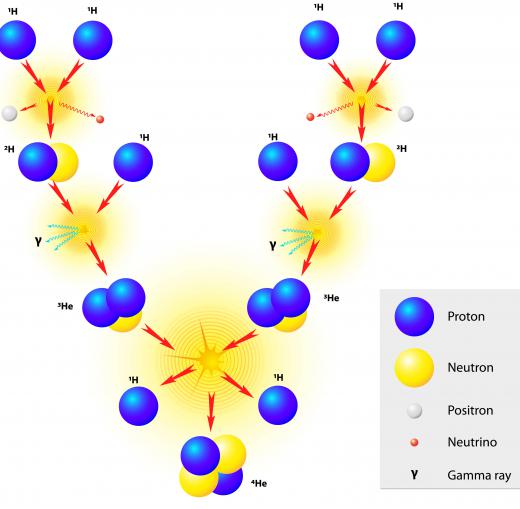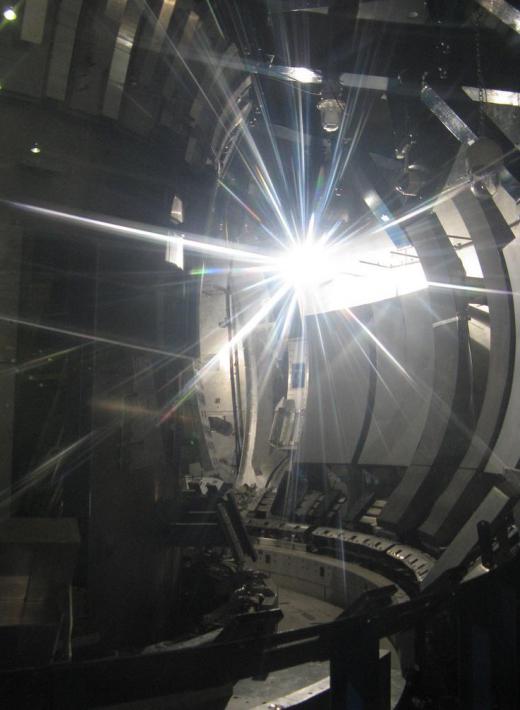What is ITER?
 Michael Anissimov
Michael Anissimov
ITER used to be short for International Thermonuclear Experimental Reactor, an international project to push the limits of fusion energy. The long name was ultimately dropped due to the negative public connotations of the word "thermonuclear," so the project is now known as just "ITER," which also means "journey" or "way" in Latin. The project is a consortium of seven national and supranational parties: the European Union (EU), India, Japan, People's Republic of China, Russia, South Korea, and the US. Brazil will also participate, using Portugal's role in the European Union as a proxy.
The object of ITER is to produce a sustained fusion reaction, one that generates 500 megawatts for up to 1000 seconds. In comparison, the last major international fusion project, the Joint European Torus, produced about 16 megawatts of power for less than a second. As of 2009, ITER is currently under construction for a cost of about $9.3 US billion, and is expected to be completed by 2018 and operate for 20 additional years, until 2038. If ITER is successful, it could be the first fusion power plant that produces more power than it consumes, though the heat generated in its core will not be used for electricity generation -- its purpose is only experimental.

Fusion energy works by fusing together light atomic nuclei -- hydrogen, deuterium, tritium, and/or helium -- and releasing the extra power held within their nuclear bonds. This is in contrast to nuclear fission, the principle by which all existing nuclear power plants operate, whereby power is generated by splitting apart heavy nuclei like uranium, plutonium, or thorium. Nuclear fusion has the potential to generate more power than nuclear fission, not to mention being much cleaner -- the only byproduct of the reaction is water. Fusion power has been hailed as the Holy Grail of energy research, so achieving commercial fusion power generation has long been a goal of energy researchers, though even the most optimistic among them do not expect the technology to be available before 2030, with 2050 as a more realistic estimate. ITER is a step in this direction.

ITER is a tokamak design, a Russian fusion reactor design that is a torus. The torus is wrapped with powerful magnetic coils, trapping a plasma (ionized gas) within. This plasma is heated up to great temperatures -- over 100 million degrees Kelvin -- using ohmic heating; the same mechanism that heats up a wire if it has excessive electric current running through it. At around this temperature, the nuclei begin to fuse, releasing energy. If conditions are right, a nuclear chain reaction is initiated -- like in a fission reactor, not like in an atom bomb -- and power is produced. If the experiments with ITER are successful, it could mean great things for nuclear fusion.
AS FEATURED ON:
AS FEATURED ON:













Discuss this Article
Post your comments